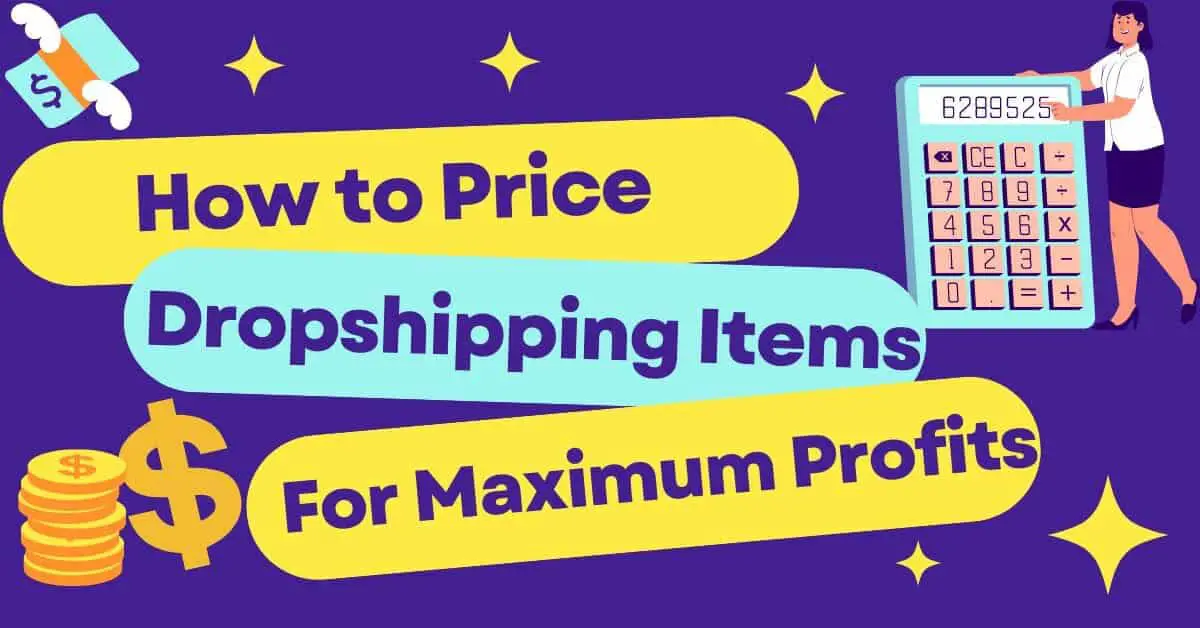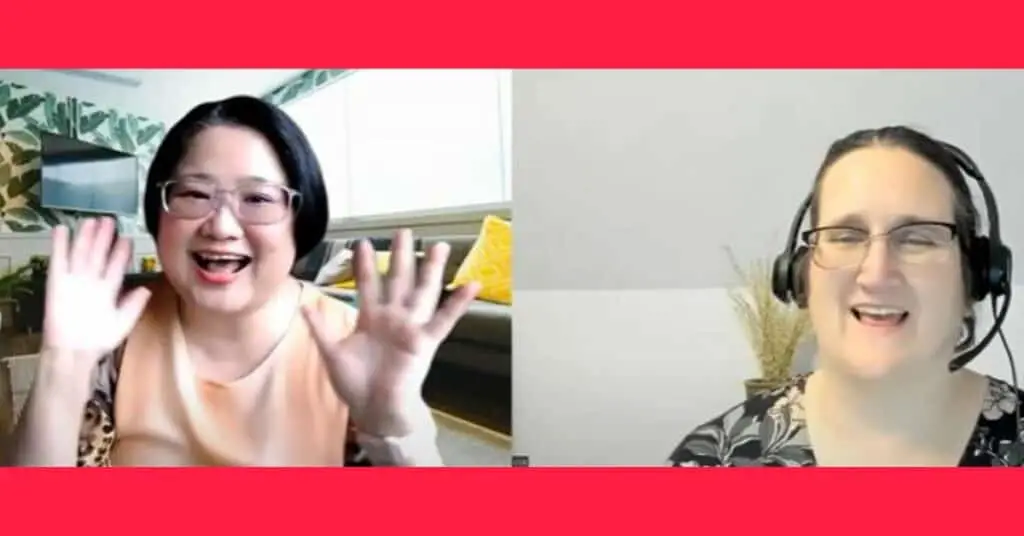How to Price Dropshipping Items For Maximum Profits
If you're looking to make the most money possible from dropshipping, then you need to learn how to price your items correctly. If you price your products too low, you won't make any money. But if you price them too high, you might not make any sales. So where's the sweet spot?
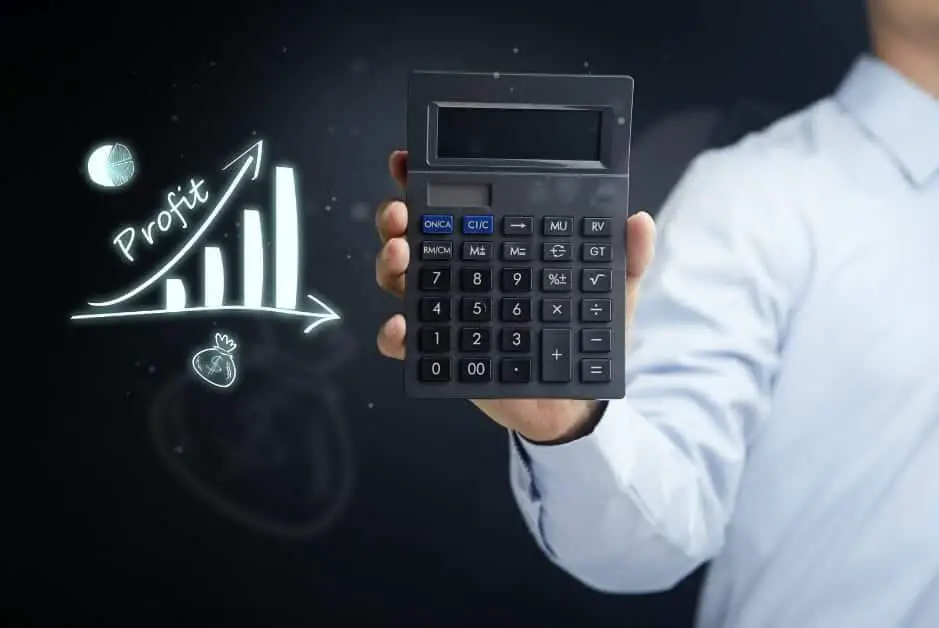
In this blog post, we'll go over how to price dropshipping items in a way that will maximize your potential profits and ensure that you're making the most money possible from every sale.
DISCLOSURE: Some of the links that I share in this article ARE my affiliate links. This means I may earn a commission, at no extra cost to you. In fact, sometimes you'll get a discount or free credits just FOR using my link. 🙂
How to calculate dropshipping profit?
To calculate dropshipping profit, you need to know your costs and how much you're charging for your products. So, for example, if you're selling a product for $20 and it costs you $10 to buy from your supplier, then your profit would be $10 per sale.
Things to Consider Before Pricing Your Dropshipping Products
When pricing your products, there are a few things you need to consider:
Consider Your Business Costs

When you're dropshipping, you don't have the same costs as a traditional eCommerce business. For example, you don't have to worry about warehousing or shipping costs.
However, there are still costs that you need to consider when setting your product prices. These include:
-The cost of goods from your supplier
-Shipping fees & packing costs charged by the supplier
-Any other Supplier fees
-Any advertising and marketing costs associated with promoting your product
-The fees charged by your marketplace or your dropshipping sales platform (website)
-Your own time invested in running the business and any other business expenses
By considering all these costs, you can get a good idea of what your minimum retail price needs to be for your business to be profitable.
Know Your Competition
Another important consideration when pricing your products is the competition. You need to know what other businesses are selling similar products for.
Not only that, but you also need to consider the quality of their products and their customer service levels. If they're selling a higher quality product than you are and offering superior customer service, then they can charge more for their product and still make sales.
On the other hand, if their product is lower quality than yours and their customer service is poor, then you can charge more for yours and still attract customers. Use this knowledge of the competition to help inform your pricing strategy.
Understand Your Target Market

Finally, you must understand who your target market is and what they're willing to pay for your product. If you're selling luxury goods, then you can charge more than if you're selling everyday items.
But even if you're selling everyday items, there can be a big difference in what different groups of people are willing to pay. For example, budget-conscious consumers are going to be looking for the lowest price possible, while convenience-oriented consumers might be willing to pay a bit more for the convenience of having the item shipped directly to their door.
By understanding who your target market is and what they value, you can price your products accordingly. Remember, the goal is not necessarily to find the lowest possible price or the highest possible price. The goal is to find the optimal price point that maximizes your profits while still attracting buyers.
Select your pricing strategy

The next step is to choose a pricing strategy. A pricing strategy is a plan for how you will price your products to achieve your desired goals. It's important to have a pricing strategy because how you price your products can make or break your business.
If you price them too high, people will be less likely to buy them, but if you price them too low, you may not make as much profit. Finding the right balance is essential for success.
Some frequently used pricing strategies
There are three broad categories of pricing strategies that you can use when dropshipping:
Cost-Based Pricing
This is the most common pricing strategy used in business by online stores to determine how much to charge customers for each product. To determine how much to charge for your products, you will need to calculate your costs and then add a profit margin. You can then use this information to set your retail prices.
This is the simplest way to price your products, but it doesn't take into account the competition or the market conditions.
There are different variations of cost-based pricing due to different markup rates and methods and they are listed as follows:
Fixed dollar addition
This strategy is simple in that you calculate the costs of producing and shipping an item, then add a fixed dollar amount as a pricing rule. You can then use this information to set your retail prices.
For example, if you are dropshipping a product that costs $20 to produce and ship, and you decided to always add $10 to the cost to become your product retail price. So in this case, the price would be $30.
Fixed markup on cost
This strategy is like the fixed dollar addition, but instead of adding a fixed dollar amount to the cost of the product, you add a percentage. For example, the same product that costs $20 to produce and ship in the earlier example, and you want to make a 40% profit margin, you would add 40% to the cost of the product and sell it for $28.
Tiered markup on cost
This pricing strategy is similar to the fixed markup on cost, but it offers more flexibility. With tiered prices, you set a base price for your products. After that, you add a percentage fee to the price.
For example, you could start out charging $20 per shirt. And, if someone wants to purchase five shirts, you’d charge them $40. But, if someone wants to buy 10 shirts, you’ll charge them $50. This gives you more flexibility in how much you mark up your products and still make a profit.
Price vs. Shipping Markup
When dropshipping, you will also need to consider how much to mark up the shipping cost. This is because you will not be making any profit on the shipping itself, so you will need to add this cost to the price of the product.
The easiest way to do this is to add a fixed percentage to the cost of the product. For example, if you are adding a 50% markup on cost, you would add 50% to the shipping cost. This means that the total cost of the product, including shipping, would be twice as much as the cost of the product alone.
You can also add different percentages to the cost of shipping at different tiers. For example, you could add 20% to the cost of shipping for products that cost $0-50, 30% for products that cost $50-100, and 40% for products that cost $100 or more.
Free Plus Shipping
This means that the customer only pays for the cost of shipping and get the product for free. With this strategy, you need to make sure that you are making a profit on the shipping itself. This means that your product cost plus actual shipping costs need to be lower than the amount you are charging customers.
For example, if you are adding a 50% markup on cost, you would add 100% to the cost of shipping. This means that the total cost of the product, including shipping, would be twice as much as the cost of the product alone.
Competition-based Pricing
If you want to match the prices of your competitors, you can do price matching to arrive at the competitive price. Competitive pricing is where you price your products based on what your competitors are charging. This ensures that you're not overcharging or undercharging for your products.
While this approach can help you attract customers, it can also be difficult to maintain if your competitors change their prices. It can also be dangerous to use this strategy as you may have very different cost structures from your competitor.
Value-Based Pricing
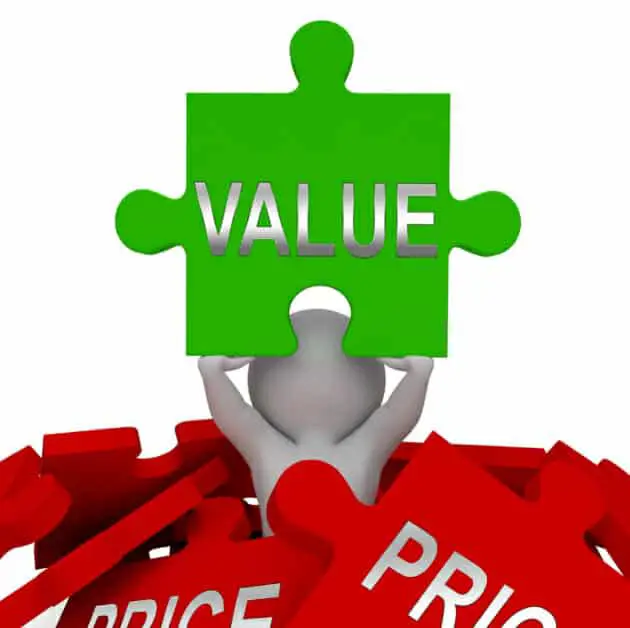
Value-based pricing refers to the practice of setting prices for your goods in accordance with their perceived value. With value-based pricing, you focus on what the customer is willing to pay rather than on your costs. To do this, you need to understand what perceived value the customer places on your product.
For example, let's say you're selling luxury watches. A customer might be willing to pay $5,000 for a Rolex because of the perceived value of luxury and prestige. However, they might only be willing to pay $50 for a knock-off watch because there is no perceived value beyond function.
This approach takes into account things like how unique or beneficial the product is, how much time it will save the customer, and how easy it is to use. To use this approach, you will need to come up with a list of customer benefits that justify the price of the product.
So how do you know what perceived value your customers place on your product? There are a few ways to find out:
1) Look at what similar products are selling for. If all your competitors are selling a widget for $12, chances are that's what customers are expecting to pay.
2) Ask customers directly! You can survey potential customers or even talk to them in person or on the phone to get an idea of how much they're willing to spend on your product.
3) Do some market research. This could include focus groups or even just informal conversations with people in your target market.
Keystone pricing
Keystone pricing is a pricing strategy where you set your prices at a level that is twice the cost of the product. This means that you are making a 50% profit on each sale and the total cost of the product, including shipping, would be twice as much as the cost of the product alone.
For example, if your product costs you $20 to make, you would charge $40 for it. The advantage of this strategy is that it's easy to calculate your prices.
The downside is that it can make your products seem expensive, which can turn off potential customers.
Manufacturer-suggested retail price (MSRP) or MAP prices
When pricing your dropshipping items, you may also want to consider using Manufacturer suggested retail price (MSRP) or MAP prices.
MSRP is the price that the manufacturer recommends that retailers sell the product for. MAP prices are the Minimum Advertised Prices. This is the lowest price that a retailer is allowed to advertise the product.
While MSRP and MAP prices can help you set a baseline for your prices, you don't have to stick to them exactly. You can always adjust your prices to fit your business strategy.
Psychological dropshipping pricing strategy
When pricing your dropshipping items, you may also want to consider using a psychological pricing strategy. Psychological pricing is a technique that uses certain price points to affect how customers perceive the value of a product.
There are a few different psychological pricing strategies that you can use:
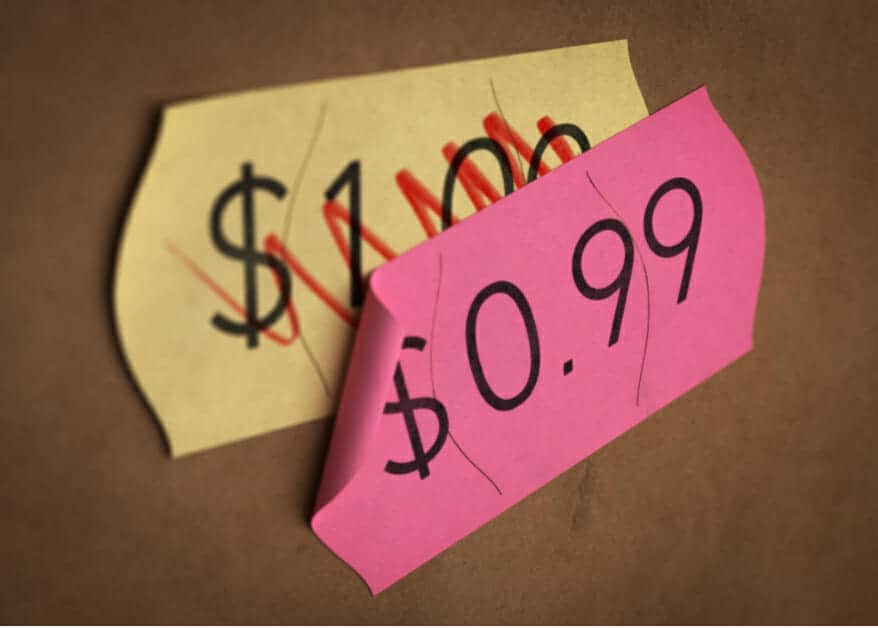
1) odd-even pricing: This strategy involves using prices that end in either odd or even numbers. Studies have shown that customers are more likely to buy an item when the price ends in an odd number.
2) price anchoring: This strategy uses a high price to make the lower price seem more appealing. For example, if you're selling a product for $100, you could list it as $120 and then offer a discount off the listed sticker price for $100. The customer will see the lower price as a better deal because it's anchored to the higher price.
3) pain point pricing: This strategy involves pricing your products at a level where the customer feels like they're getting a good deal. You can do this by charging just below the customer's pain point, which is the amount they're willing to spend on a product before they start feeling pain from spending too much money.
Bundle Pricing
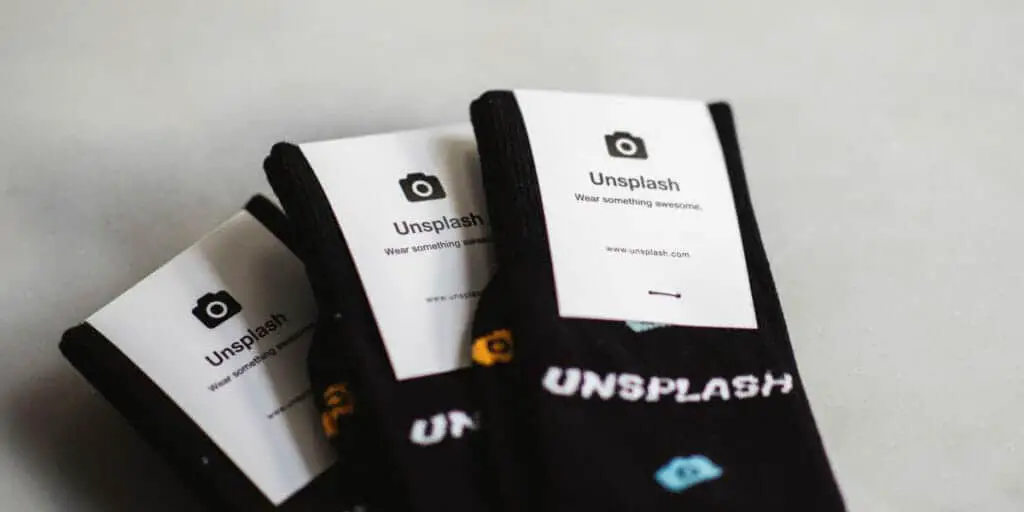
Bundle pricing is a pricing technique in which products are put together and offered at a discount to make it more attractive and increase sales.
The products can be the same product or different products. This can be an effective way to increase sales and boost profits, as customers will often buy more items when they are offered at a reduced price.
There are several things to keep in mind when setting up bundle prices, such as ensuring that the individual prices of the items still offer value to the customer and that all the products in the bundle fit together well stylistically.
Featured Product or Product Specific Pricing
Featured product pricing is a strategy in which one item is priced at a higher level than the rest of the products in your inventory. This can be a great way to draw attention to your most profitable or popular items.
Product-specific pricing is a strategy in which each item in your inventory is priced at a different level. This can be a great way to highlight specific products or collections.
Once you have an idea of the perceived value of your product, then you can start thinking about how to price it accordingly. This is often the most effective pricing strategy, as it allows you to charge what your target market is willing to pay while still making a profit.
To find the optimal price point for your products, you'll need to experiment with different pricing strategies and see what works best for your business.
Pricing Strategy for different price levels
Now that you know the different types of pricing strategies, let's take a look at when to use each one:
Pricing for a low-priced item (Price range between $0–$10)
For low-ticket items, you'll want to focus on getting as many sales as possible. This means that your pricing strategy should be focused on generating high-volume sales rather than making large profits on each sale.
One way to do this is to use a loss leader pricing strategy, where you price an item below your cost to get customers interested in your store. You can then upsell them to more expensive items once they're already interested in what you have to offer.
Another pricing strategy you can use for low-ticket items is fixed dollar markup. This strategy involves adding a set dollar amount to the cost of your product, regardless of how much it costs you to source it.
For example, if your product costs you $0.50 to source and you want to make a $0.50 profit on each sale, you would price your product at $0.75 using this pricing strategy.
This is a simple way to price your products, and it's especially effective for low-ticket items where the customer isn't as concerned with the price.
Or you can use fixed markup percentage is like fixed dollar markup, but instead of adding a set dollar amount to the cost of your product, you add a set percentage.
For example, if your product costs you $0.50 to source and you want to make a 50% profit on each sale, you would price your product at $0.75 using this pricing strategy.
This is a great way to price your products if you want to maintain a consistent profit margin on each sale, regardless of how much your product costs you to source.
Last but not least, you can use the free plus shipping strategy. This strategy involves offering your product for free and charging customers for shipping. For example, if your product costs you $5.00 to source, you would price your product at $0.00 and charge $9.99 for shipping using this pricing strategy. So you would still make $4.99 in profit on each sale.
This is a great way to get customers interested in your products, as they seem like they're getting a good deal. However, you need to make sure that your shipping costs are low enough that you're still making a profit on each sale.
To do this, you'll need to calculate your total cost of goods sold (COGS), which includes the cost of your product and the cost of shipping. You can then price your product accordingly.
Pricing for a medium-priced item (Price range between $10–$25)
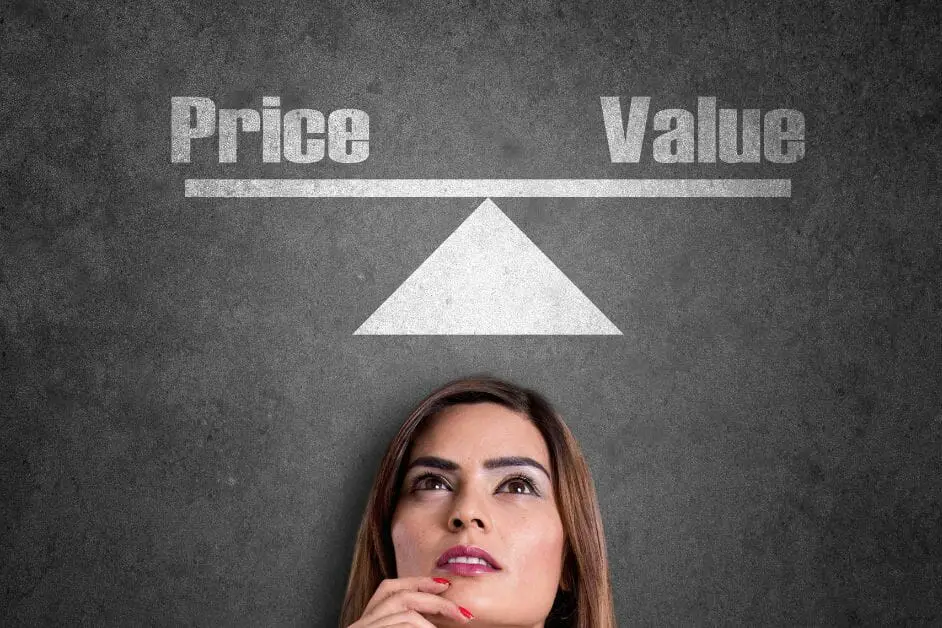
For mid-ticket items, you'll want to focus on making a profit while still generating a decent volume of sales. This means that your pricing strategy should be focused on finding a balance between price and perceived value.
One way to do this is to use cost-based pricing, where you price your product based on how much it costs you to source it. For example, if your product costs you $15.00 to source, you would price your product at $20.00 using this pricing strategy.
This is a simple way to price your products, and it's especially effective for mid-ticket items where the customer is concerned with getting a good deal.
Another pricing strategy you can use for mid-ticket items is keystone pricing, which involves doubling the cost of your product. For example, if your product costs you $15.00 to source, you would price your product at $30.00 using this pricing strategy.
This is a great way to price your products if you want to make a high profit on each sale. However, you need to make sure that your product is perceived as being high-quality for this pricing strategy to be effective.
Bundle pricing is a great way to increase the perceived value of your products while still generating a decent volume of sales. With this pricing strategy, you bundle together multiple products and sell them as a package.
For example, if you're selling cosmetics, you could create a bundle that includes lipstick, lip gloss, and eyeshadow. You would then price the bundle accordingly.
This is a great way to increase the average order value of your customers while still making a profit on each sale.
Pricing for a higher-priced item ($30+)
For high-ticket items, you'll want to focus on making large profits on each sale rather than generating high volumes of sales. This means that your pricing strategy should be focused on maximizing your profit margin rather than getting as many sales as possible.
One way to do this is to use a value-based pricing strategy, where you price your products based on the perceived value to the customer. This allows you to charge more for items that are seen as being more valuable, such as luxury items or items that are in high demand.
Pricing practical example
Let's say you're selling t-shirts in your dropshipping store. You find a dropshipping supplier who is willing to sell you t-shirts for $5 each. Now it's time to set your retail price. If you want to make a profit, you'll need to charge more than $5 per shirt. But how much more?
First, consider the competition. Take a look at other online stores selling similar t-shirts and see what prices they're charging. If their prices are too low, they may not be making a profit; if their prices are too high, they may be missing out on potential customers. Use competitor pricing as a starting point for setting your prices.
Next, factor in your costs. In addition to the cost of goods sold (COGS), you'll also need to account for shipping costs (which depends on shipping times), credit card processing fees, and any other miscellaneous expenses related to running your business.
Once you've totaled up all your costs, add a markup so that you can make a profit. A 50% markup is the industry standard, but you may need to adjust up or down based on the competitiveness of your niche and the margins in your particular business model.
Finally, don't forget about taxes! Depending on where you live and the laws in your jurisdiction, you may need to collect sales tax from your customers and pay it to the government. Be sure to factor taxes into your pricing so that you don't end up losing money come tax time.
After you've considered all these factors, you should have a good idea of what price point will allow you to make a profit while still being competitive in the marketplace. Remember, your prices don't have to be set in stone—you can always adjust them as needed based on customer feedback and changes in the market landscape.
More Tips on How to Price Dropshipping Items
You can have different pricing for different products in the same store
In the beginning, people may use one pricing strategy for the entire store. But as time goes by, people get more experienced and realize that it is okay to have a mix of products with different pricing strategies.
The most important thing is to keep track of your numbers so that you know how much profit you're making on each item. This will allow you to adjust your prices as needed to ensure that you're always making a profit.
Don't be afraid to adjust your prices
If you find that your prices are too high or too low, don't be afraid to adjust them. The goal is to make a profit, so it's important to experiment with pricing until you find a sweet spot that allows you to do just that.
The key is to adjust your prices gradually, rather than make drastic changes. This will help you avoid losing customers due to sudden price increases, and it will also help you slowly increase your profits over time.
Implement charm pricing
Charm Pricing is a technique that makes products seem more desirable. It makes customers feel like they're getting a great deal. It works better than most marketing techniques because it’s based on human psychology.
People like simplicity. They don’t like complexity. And they especially don’t like having to think about how much something costs. So you round up to the nearest 99cents. For example, instead of pricing an item at $13, you price it at $12.99.
It seems like a small change, but it can make a big difference in how much people are willing to pay for your products.
Include the word FREE
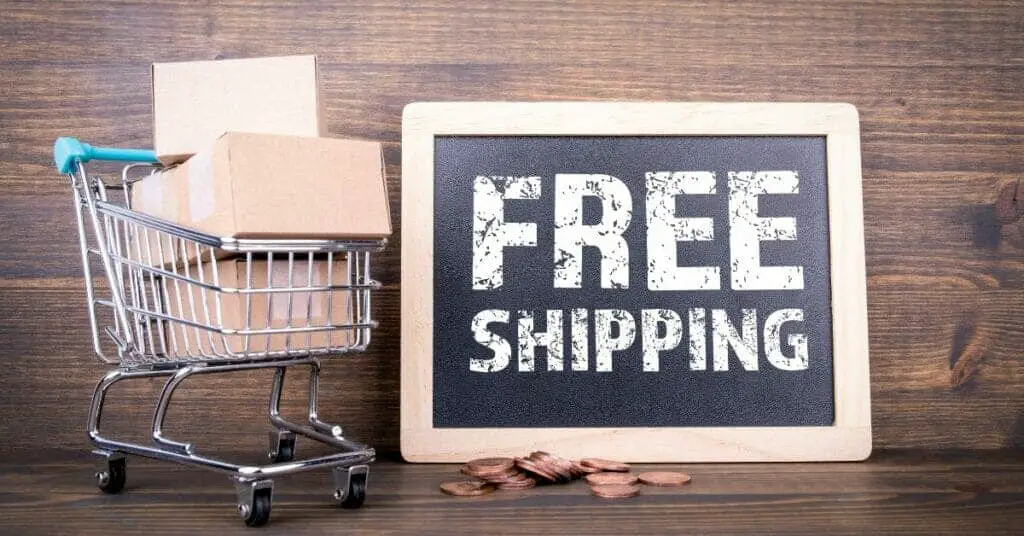
When you include the word “free” in your pricing, it has a psychological effect on people. Customers love seeing the word FREE on your ad copy. They know it means something good—free stuff. But they don't always realize that “FREE” actually includes several benefits that help boost your conversions.
For example, customers like to see the word FREE in your ads because it makes them feel special. When people think about getting something for nothing, they're much more likely to buy it.
Free shipping increases conversion rates. In fact, according to a study conducted by RetailMeNot, 82 percent of customers would rather receive free shipping than paying for expedited shipping.
If you want to increase conversions on your site, include the word FREE somewhere in your advertising. This way, your customers will know exactly what they'll get for free.
Try bundle-pricing, upselling, or cross-selling
Bundle pricing is when you offer two or more products for a discounted price. This is a great way to increase the order value of each customer.
Upselling is when you offer a more expensive version of the product they're already interested in. For example, if someone's looking at a pair of shoes on your site, you could upsell them for a more expensive pair of shoes.
Cross-selling is when you offer a related product to the one they're already interested in. For example, if someone's looking at a dress on your site, you could cross-sell them a matching purse.
All these pricing strategies can be used to increase the average order value of each customer. And the more money you can get from each customer, the more profit you'll make in the long run.
Use discounts and special coupons
Discounts and special coupons are a great way to increase sales and encourage people to buy from your store. You can offer percentage discounts off sticker price on specific products, on orders over a certain amount, or for first-time customers.
Special Coupons are a great way to encourage people to buy from your store. You can offer special coupons for specific products, orders over a certain amount, or first-time customers.
Conclusion
I have shared the various strategies on how to price dropshipping items in this blog post. Pricing your products correctly is one of the most important things you can do for your dropshipping business.
By taking the time to understand your costs, research your competition, and understand your target market, you can set prices that maximize your profits while still attracting buyers. So get out there and start pricing your products for success!
Finally, don't forget to review your prices regularly and adjust them as needed based on changes in the market landscape or customer feedback. With these tips in mind, you should have no trouble pricing your products for success!
To learn how to get started in dropshipping, check out the following blog post: How to Make Money from Dropshipping in 2022: A Comprehensive Guide
Do you have any tips on how to price dropshipping items for maximum profits? Share them in the comments below!
FAQ on how to price dropshipping items
Pricing strategy for new products
When you're pricing new products, it's important to consider your costs and the competition. You'll also want to choose an attractive price for buyers but still allows you to make a profit. With this information in mind, you can set prices that will help you sell more products and make more money.
When I first started my business, I priced my product at a level that is close to my competitor's similar product. I then started to increase my prices little by little, until I found the price point that is optimal for my business.
The key is to find a balance between making a profit and attracting buyers. By pricing your products too high, you'll make fewer sales. But if you price your products too low, then you won't make enough profit from each sale.
To find the perfect price for your products, it's important to experiment and see how customers react. By testing different prices, you can find the sweet spot that will help you make the most money possible.
How often should I review my prices?
You should review your prices regularly and adjust them as needed based on changes in the market landscape or customer feedback. By reviewing your prices regularly, you can ensure that you're always getting the most profit possible from each sale.
What is a good profit margin for dropshipping?
A good profit margin when dropshipping is around 20%. This means that for every $100 in sales, you should aim to make a profit of $20. However, your specific profit margin will depend on your business and your costs. So be sure to do some calculations before settling on a final number.
How should products with various variations be priced?
If you have products with different variants, then you'll need to price each variant individually based on its popularity, cost, and profit margin. For example, if you have a t-shirt that comes in two different colors, then you'll need to price the more popular color higher than the less popular color.
The same goes for products with different sizes or other variations. By pricing each variant individually, you can ensure that you're making a maximum profit on every product you sell.
How to round your pricing?
When you're setting prices for your products, you'll need to decide whether to round up or down. For example, if a product costs you $12.50 to ship, then you could either price it at $13 or $12.
Ultimately, it's up to you to decide how to round your prices. However, you should always keep in mind that even a small difference in price can have a big impact on your profits. So be sure to choose the pricing strategy that will maximize your profits.


